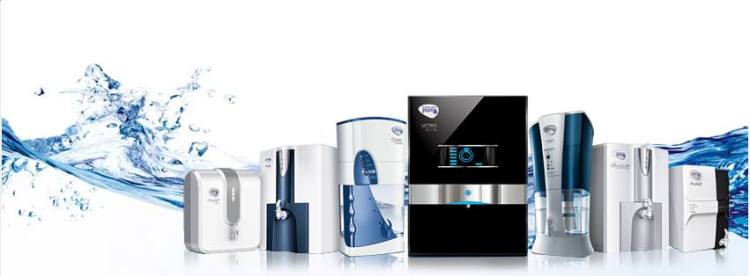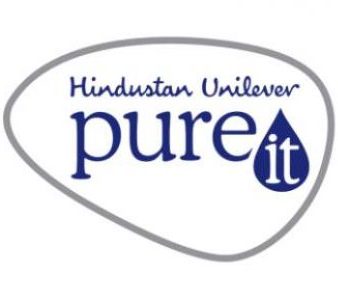 Do you know that for the past 40 years, various concerns and probabilities about drinking water have been raised? There are multiple pieces of research based on the levels of minerals needed in the water. However, many consider that drinking softened water is safe, as most water softeners work by removing the minerals present in hard water such as magnesium and calcium.
Do you know that for the past 40 years, various concerns and probabilities about drinking water have been raised? There are multiple pieces of research based on the levels of minerals needed in the water. However, many consider that drinking softened water is safe, as most water softeners work by removing the minerals present in hard water such as magnesium and calcium.
So what is hard water? Scientifically, water contains amounts of dissolved minerals. The water picks up these minerals on its journey when it trickles through rocks before reaching your tap, which makes water harder in some regions. Mostly, these minerals do not harm your health, but they can leave insoluble mineral deposits, which makes the water unsuitable.
One of the most effective ways to treat hard water is with a water softener. Water is softened when the calcium and magnesium, the hard ions, encounter resin beads. The calcium and magnesium are then pulled out of the water and replaced with sodium or potassium, which makes the water soft.
What are the signs of hard water?
- There is reduced water flow due to mineral buildup in the pipes.
- There will be high electricity bills, as the appliances have to work harder due to limescale.
- The minerals present can cause hair and skin to become dry. You can even find a deposit of minerals on your skin after a shower.
- These harmful minerals can affect soap and shampoo by decreasing their suds and lather by creating scum, which can be difficult to clean up.
There are many effective means to soften water for all purposes. Let us check some useful water softener for home to keep your family safe and healthy.
1. Ion-Exchange Water Softening: Salt-based ion-exchange softeners are one of the main forms of softner used to soften water supplies in domestic households. They mostly work by removing hardness by replacing sodium or potassium ions for calcium and magnesium ions. Ion-exchange softeners also have the ability to remove dissolved iron from the water supply which can be found in water drawn from wells and other groundwater sources.
2. Salt-Free Water Conditioning – Reverse Osmosis (RO): Reverse osmosis or RO is a process of forcing water through a series of water filters under pressure in order to purify all the impurities from the water at molecular level. The result is similar to distilling water where all the chemicals and organic dissolved solids including hardness-causing calcium and magnesium ions have been removed.
3. RO water softener for home, only caters to one water point at a home with a dedicated faucet that is separated from the rest of the household water system. In the RO system, it takes seven or more liters of hard water to produce three liters of soft water, so it means that the consumption of water will be higher. RO will not only remove unwanted minerals, but also all other nutrients from the water.
Choosing a water softener for home can be difficult if you are looking into purchasing a softening solution for the first time. It is always best to consider how hard water is and how you would like it to change.
